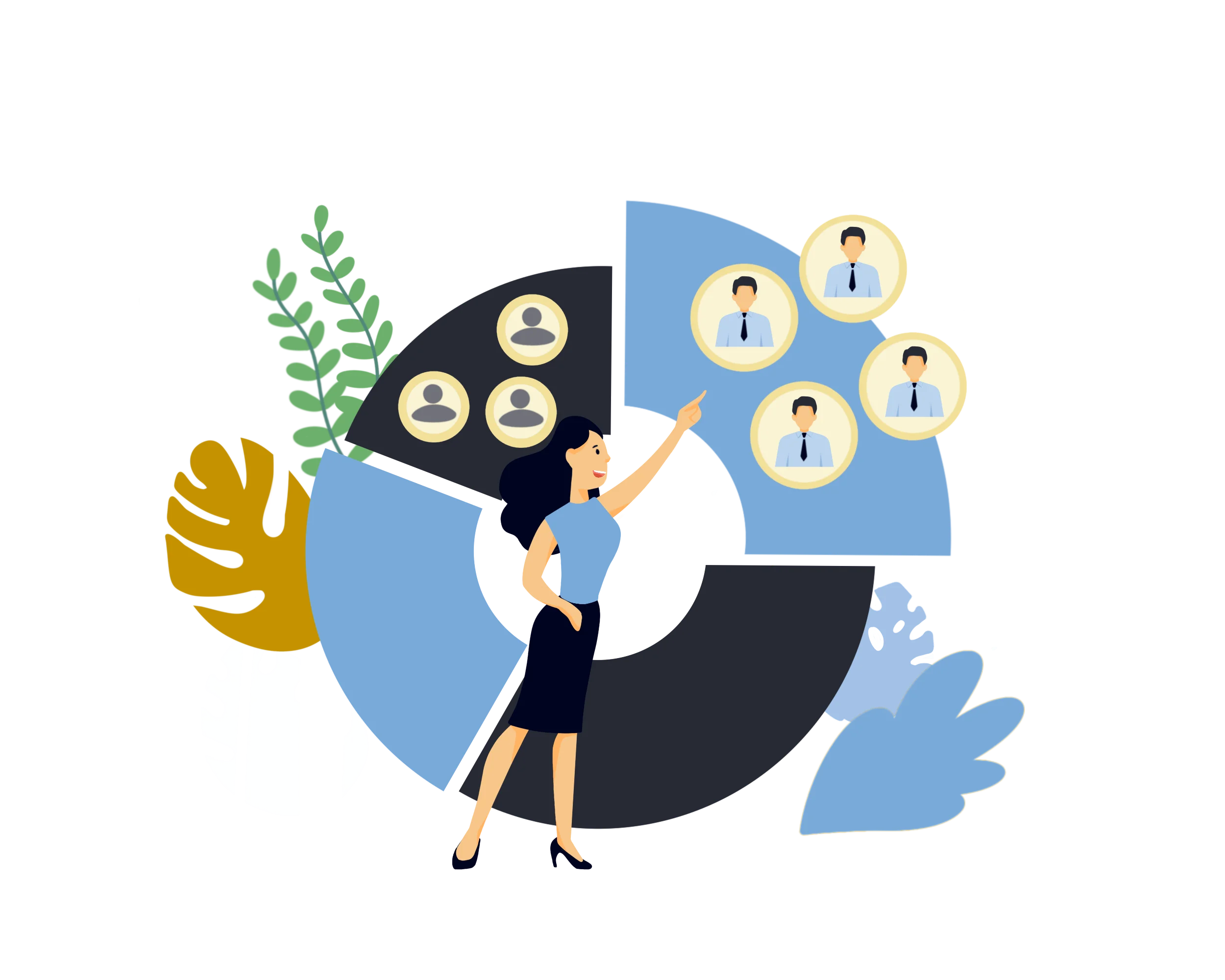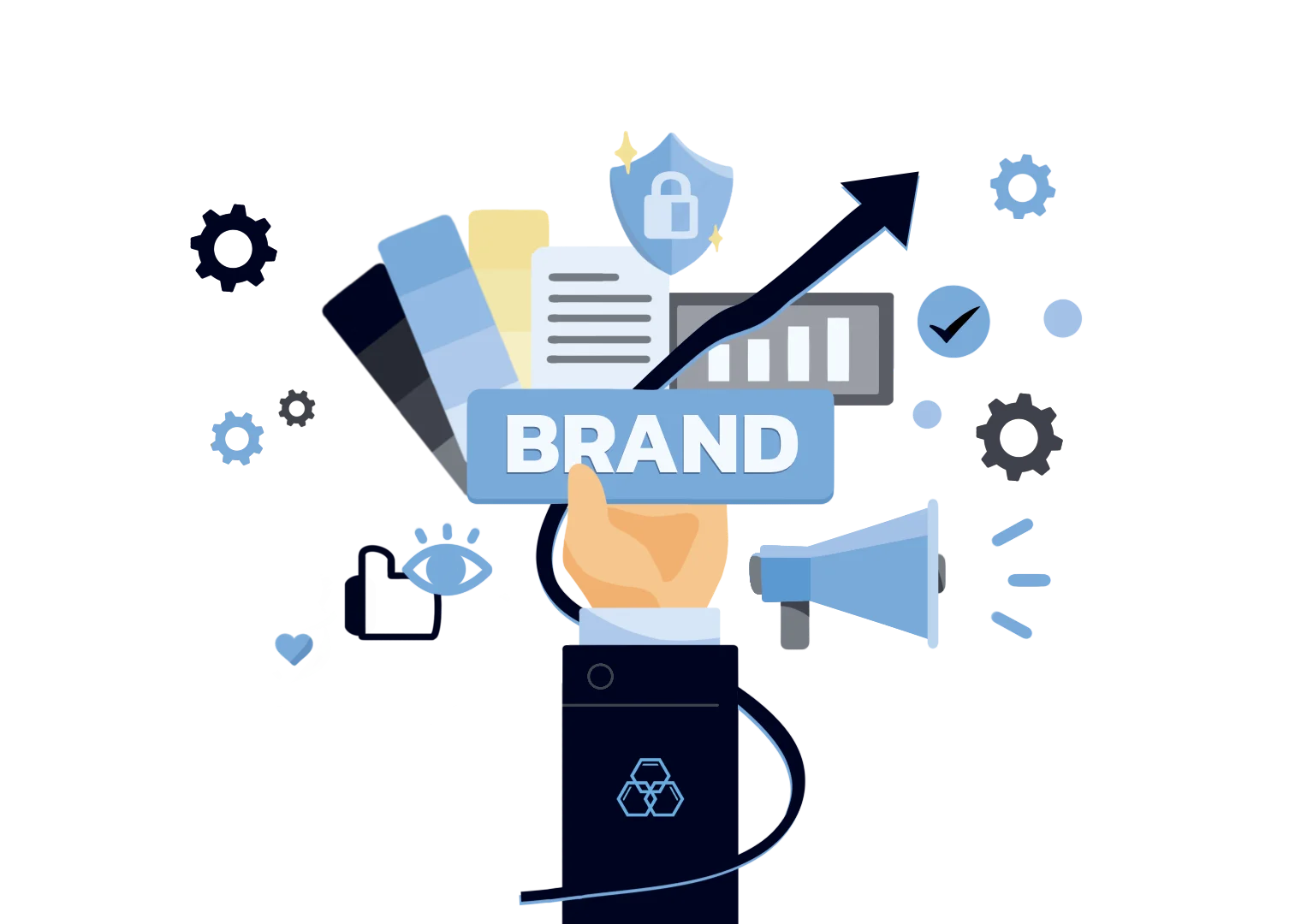"How do I get more customers?"
That is a question business owners out there ask themselves at almost every point in their business.
In addition to acquiring new customers, businesses are also focused on retaining existing customers. One of the reasons for this is that almost 65% of a company's business comes from repeat or loyal customers. Moreover, a 5% increase in customer retention rates can translate into a 75% increase in customer lifetime value, boosting a company's profits by 25% to 95%.
Nowadays, with modern technology, businesses can reach and connect with their customers anywhere, and they can do almost anything to grow their customer list. However, with an evolving market, small businesses find expanding the customer base challenging.
To keep your business growing, however, you must be able to do both at the same time: acquire and retain. Here is what you need to do.
What is a Customer Base?

Your customer base is a group of customers who repeatedly go back to your brand to buy your products or avail of your services. They're the ones who often engage with your brand and provide the most financial value to your business. Depending on what industry you're in, they can be a target audience based on a buyer persona or simply a specific group of people.
Identifying your customer base is incredibly important for your business. They're the ones who buy your products and services the most. Recognizing them will help your sales, marketing, and customer service departments to create better strategies and a better relationship with them for happy customers.
Customer Acquisition vs Customer Base Expansion
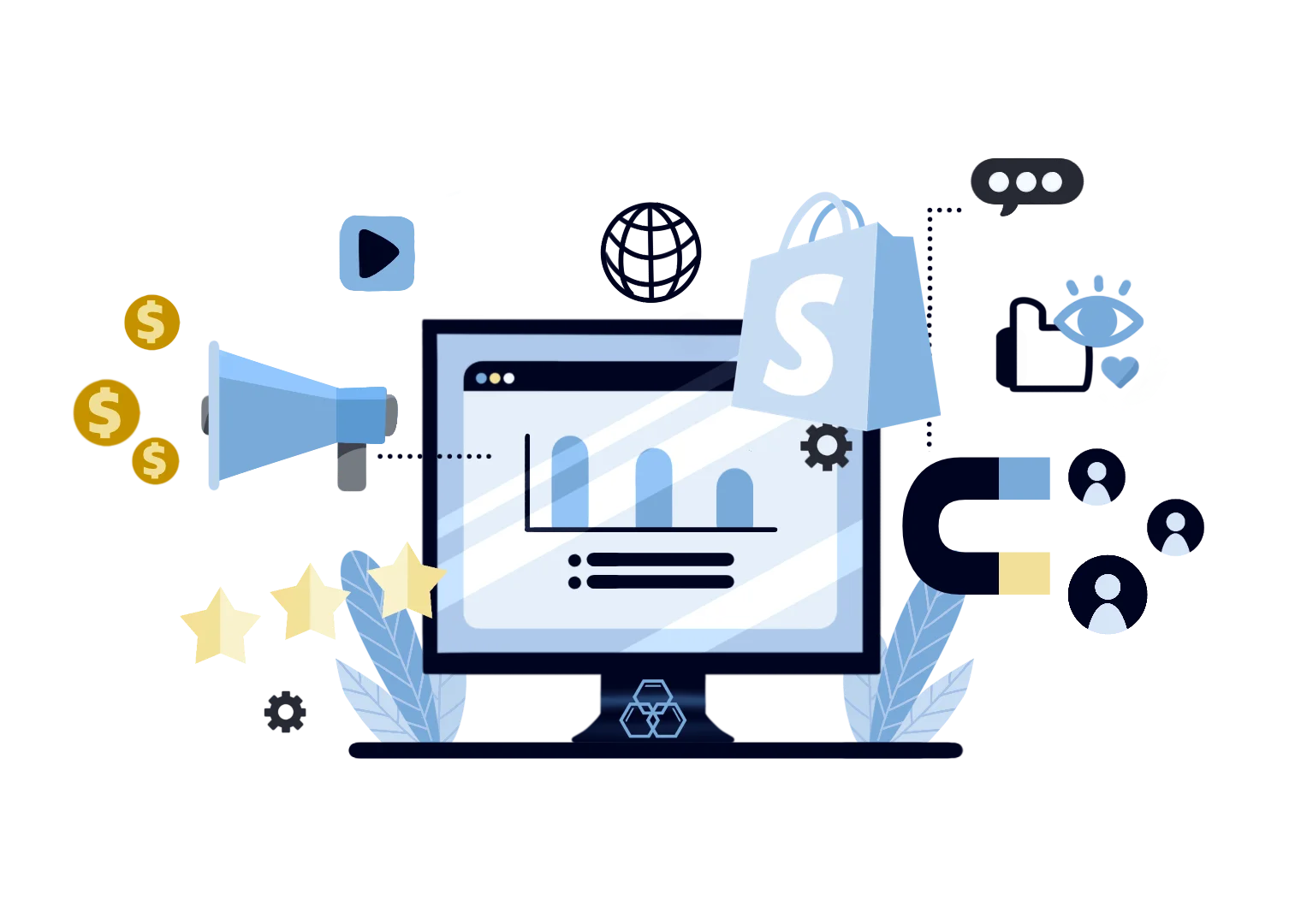
More often than not, customer acquisition and customer base expansion are pitted against each other. The reality is that the two are like the wings of a bird. If one is missing, then the flight will become impossible. In order for your business to thrive, you need both. However, you also have to understand that these two drive growth in very different ways.
Customer Acquisition: Customer acquisition is about promoting your brand and designing conversion experiences in a way that leads potential customers to make their first conversion. In the customer onboarding process, you need to tell your ideal customers a powerful story on why their current situation is not ideal and how you could help change that situation.
The process can also take several steps as your potential leads move from being unaware of your brand to considering your product and finally moving to buy.
Customer Base Expansion: When it comes to expanding a strong customer base, the focus of your marketing efforts is on developing better relationships with your current client list to drive repeat purchases, get new leads, and increase loyalty.
In this process, you take the opposite route of what you'd do in customer acquisition. Instead of trying to change their mind about their current situation with you, you lean into their present situation and only reinforce your value in their life. Here, you have to deliver contextual messaging that is in line with your customers' interests and preferences.
Best Practices for Customer Base Expansion Strategy
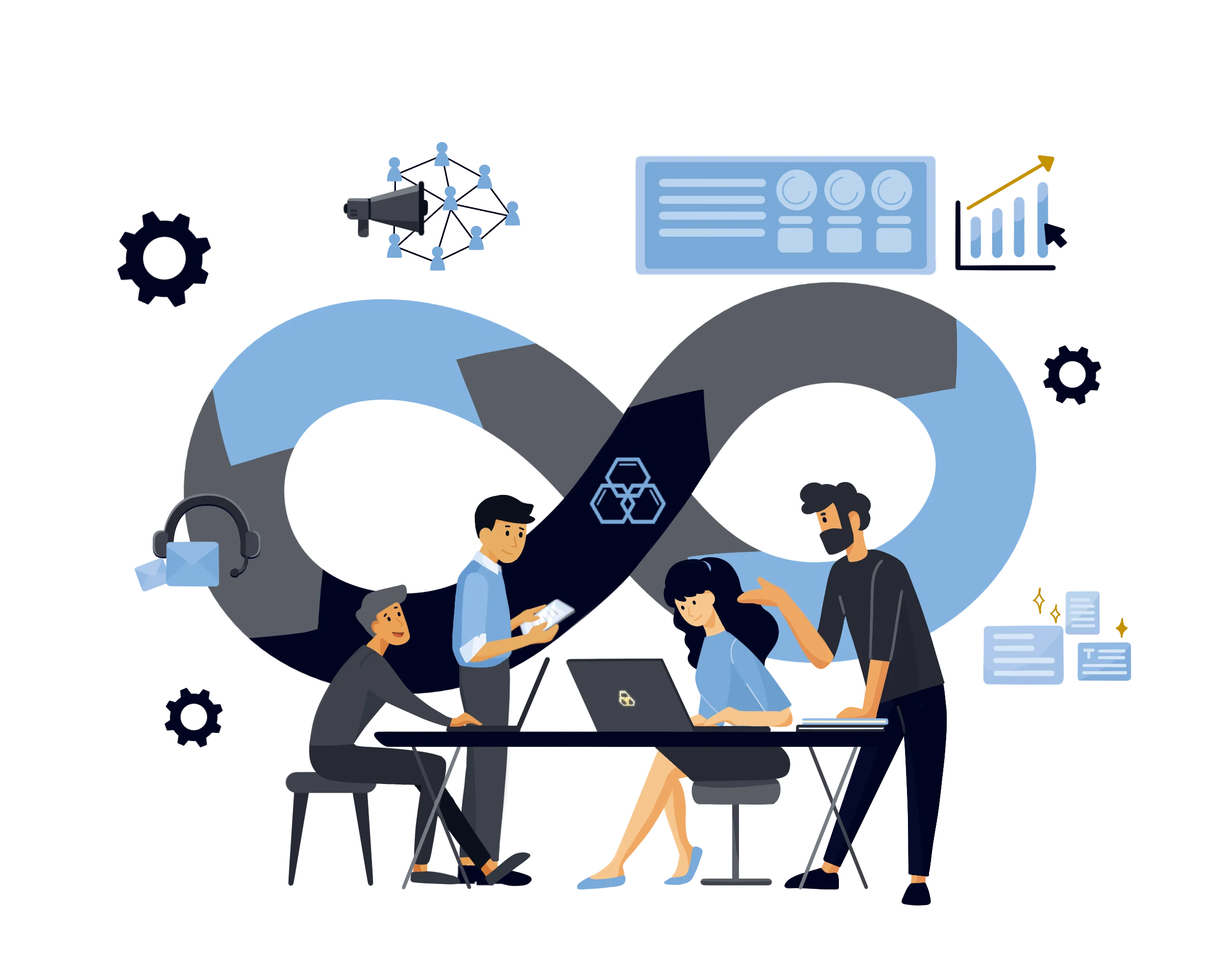
While your marketing and sales team plays a huge role in attracting customers, it's your customer service team that plays the biggest role in expanding your customer base by giving excellent customer service and creating a delightful customer experience. Here are a few tactics to help you build that solid customer base.
Provide Excellent Customer Service
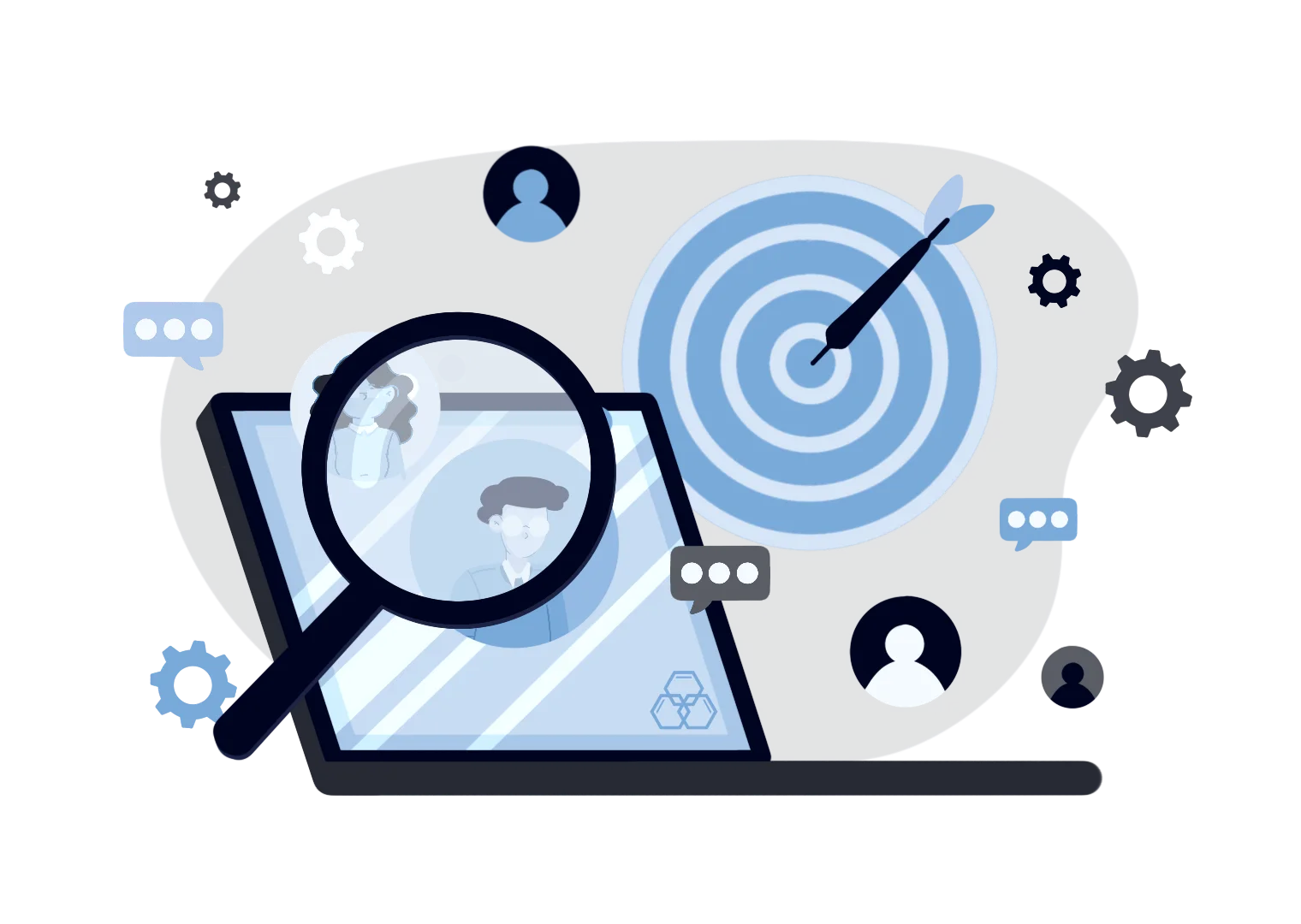
Customer service plays a big part in customer retention. According to studies, 67% of customers who stop interacting with a brand can be prevented from doing so if their issues are resolved during the first service interaction. Research also shows that 93% of customers are likely to repeat purchases with brands that have excellent customer support.
If you want to provide excellent customer service, you shouldn't view dealing with needy or unhappy customers as a chore. Take this opportunity to expand your client base and gain a deeper understanding of your customers' needs.
Create Freemium Offers

With this, you give away something of value for free in exchange for information from your existing customers. Give them a taste of how your products or services can be of value to them. This makes sure that they understand your brand and services fully and guarantees customer satisfaction upon purchase.
You can then create personalized customer service and sales offers for them.
Encourage Customer Advocacy

One of the most powerful ways to expand your customer base is by turning satisfied buyers into brand advocates. When people actively promote your business through word of mouth marketing, reviews, or social media, they influence others more effectively than traditional marketing.
Encouraging advocacy starts with delivering exceptional products and experiences that naturally inspire customers to share. However, businesses can go further by creating programs that reward referrals, highlighting customer success stories, or offering exclusive perks to loyal buyers. These efforts not only show appreciation but also motivate customers to spread the word.
Advocates serve as trusted voices in their communities, helping to attract new customers at little to no cost. Their authentic recommendations build credibility and reach audiences that might otherwise be difficult to connect with.
Engage with Your Customers Regularly
Engagement answers questions but also creates genuine connections that demonstrate how much we value your customers. Actively listen and respond to feedback, and foster trust and loyalty, leading to exciting growth opportunities.
Collect customer feedback consistently through social media, personalized emails, and loyalty programs to keep your brand fresh in customers' minds. When people feel a genuine connection, they’re not only likely to return but also recommend your brand to others. Ultimately, meaningful engagement transforms customers into passionate advocates, driving sustainable growth through authentic relationships.
Create A Referral Program

When satisfied customers recommend your brand, potential buyers are more likely to make a purchase than with regular advertising. It uses the trust people have in their friends, family, and coworkers.
To create a successful referral program, make it easy and rewarding. Offer incentives such as discounts, freebies, or special perks to both the person referring and the new customer. This creates a win-win situation that encourages more people to join in.
Promote the program on various channels, like email, social media, and in-store signs, so more customers know about it and can easily share your business with others.
Rewarding customers and simplifying the referral process turns them into growth partners, bringing in quality leads.
Optimize Your Customer Loyalty Program
According to a survey, 69% of customers say that a brand's customer loyalty program influences their decision when interacting with new brands. It can keep your most loyal customers engaged, and you can use it as a competitive advantage when your company is compared with competitors in the market.
One way you can optimize your customer loyalty program is by creating a tiered membership model. Each tier should get its own special rewards, with the rewards increasing as customers move towards the higher tiers.
Utilize CRM Systems
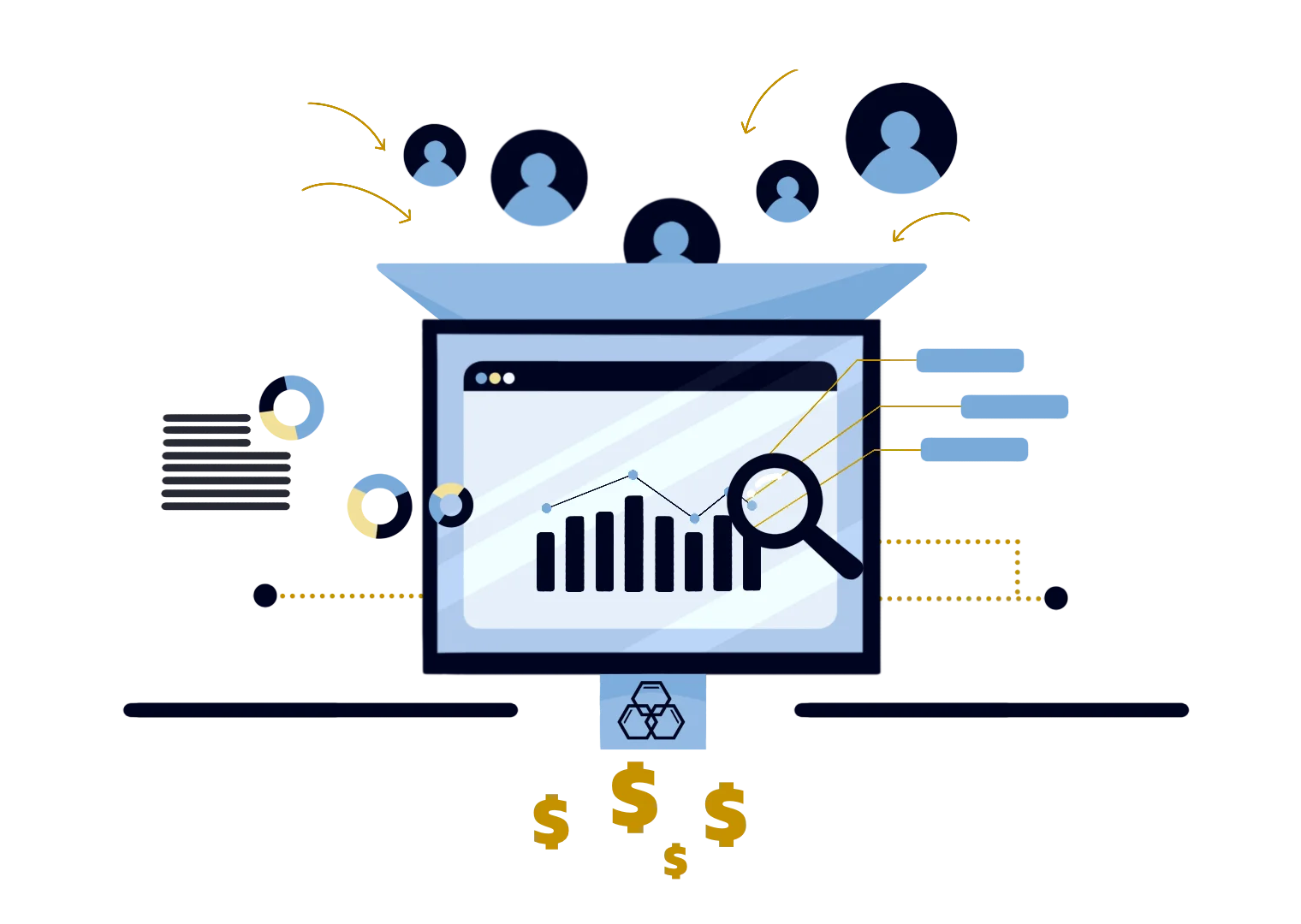
Using CRM systems for digital brands allows teams to effectively manage customer relationships and streamline processes.
Using a CRM system also automates lead qualification based on predefined customer profiles. Automating lead nurturing ensures no new prospect is overlooked.
Collecting customer feedback through CRM systems highlights insights that improve service quality and customer satisfaction; the technology provides faster responses to customer feedback, enhancing overall customer satisfaction.
FAQs
What is a good customer base?
A good customer base is a group of loyal, engaged, and repeat customers who consistently purchase your products or services. They not only provide steady revenue but also act as brand advocates, spreading positive word-of-mouth and driving referrals.
Who makes up the customer base?
A customer base is made up of the individuals or businesses that regularly buy from a company. It includes different segments such as new customers, repeat buyers, and high-value clients, all of whom contribute to the company’s overall sales and long-term growth.
How do you build a good customer base?
To build a strong customer base, businesses should:
- Offer quality products or services that meet customer needs.
- Provide excellent customer service to encourage loyalty.
- Use targeted marketing to reach the right audience and build brand awareness.
- Build relationships through engagement, personalized offers, and loyalty programs.
How to target high-value customers?
Targeting high-value customers requires identifying those who generate the most revenue or have the potential for long-term loyalty. Businesses can achieve this by:
- Using data analytics, looking into qualitative and quantitative data to segment customers by purchasing behavior.
- Offering premium services, tailored solutions, or exclusive rewards.
- Building personalized campaigns that match their preferences and needs.
- Maintaining strong relationships through consistent follow-ups and added value.
Why is a customer base important?
A customer base is essential because it forms the foundation of any business. Loyal customers provide steady income, give positive feedback, reduce the cost of acquiring new buyers, and create opportunities for upselling and cross-selling.
Additionally, a strong base helps businesses survive market shifts and grow sustainably over time.
Personalize Customer Onboarding
Just because you've gotten a customer to buy or sign up doesn't mean that's the end of it. If your customer doesn't know how to use your product, they may abandon it altogether. According to Wyzowl, 55% of customers returned products because they weren't familiar with how to use them.
A personalized onboarding program can help solve this. Have your team reach out to your customers and see if they can determine their individual needs and goals. In addition to that, make sure that your customers can easily reach you if they have a question. Display your contact info where they can easily find it so your customer service team can provide reliable, real-time support.
Final Thoughts
Never underestimate the power of customer base expansion. While it does take some time to achieve, you get the opportunity to nurture a loyal lifetime customer, which helps maximize your ROI. Start growing your business by expanding your customer base.
We help executives develop and execute brands that their customers will gladly become lifelong customers of. Contact Evolv today so we can start planning your growth tomorrow.

